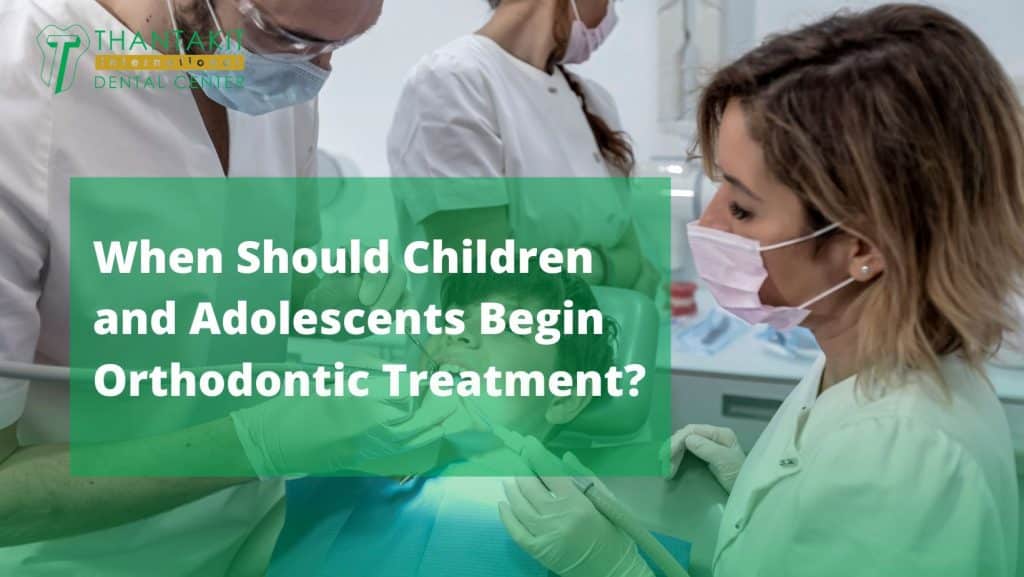Orthodontists typically advise dealing with dental malocclusion issues while your child is still maturing to achieve the best results. As a result, most children begin receiving orthodontic treatment between the ages of nine and fourteen or as early as six and seven.
Orthodontic treatment usually takes longer after a person has stopped growing. In adults, such treatment not only takes longer but is also more extensive (and expensive).
But does this mean it’s too late for adults to correct their dental issues with orthodontics? Not necessarily. However, it’s simply easier to do so with children and adolescents than with adults.
Page Contents
When Should Your Child See an Orthodontist?
Ask your dentist about it. He can recommend you to an orthodontist who’ll then make an evaluation of the state of the mouth of your child or children.
According to the American Dental Association (ADA) and the American Association of Orthodontists (AAO), children should be evaluated by an orthodontist at 7 years old. Take note that this is the evaluation and not the start of orthodontic treatment though.
Meanwhile, after the orthodontist has detected if the child has jaw growth issues and subtle symptoms of a problem or two from emerging teeth, then he’ll tell you if he needs braces or not.
You’ll have to wait about 2 years after diagnosis because, as noted in the beginning, active treatment should be done between 9 years old to 14 years old.
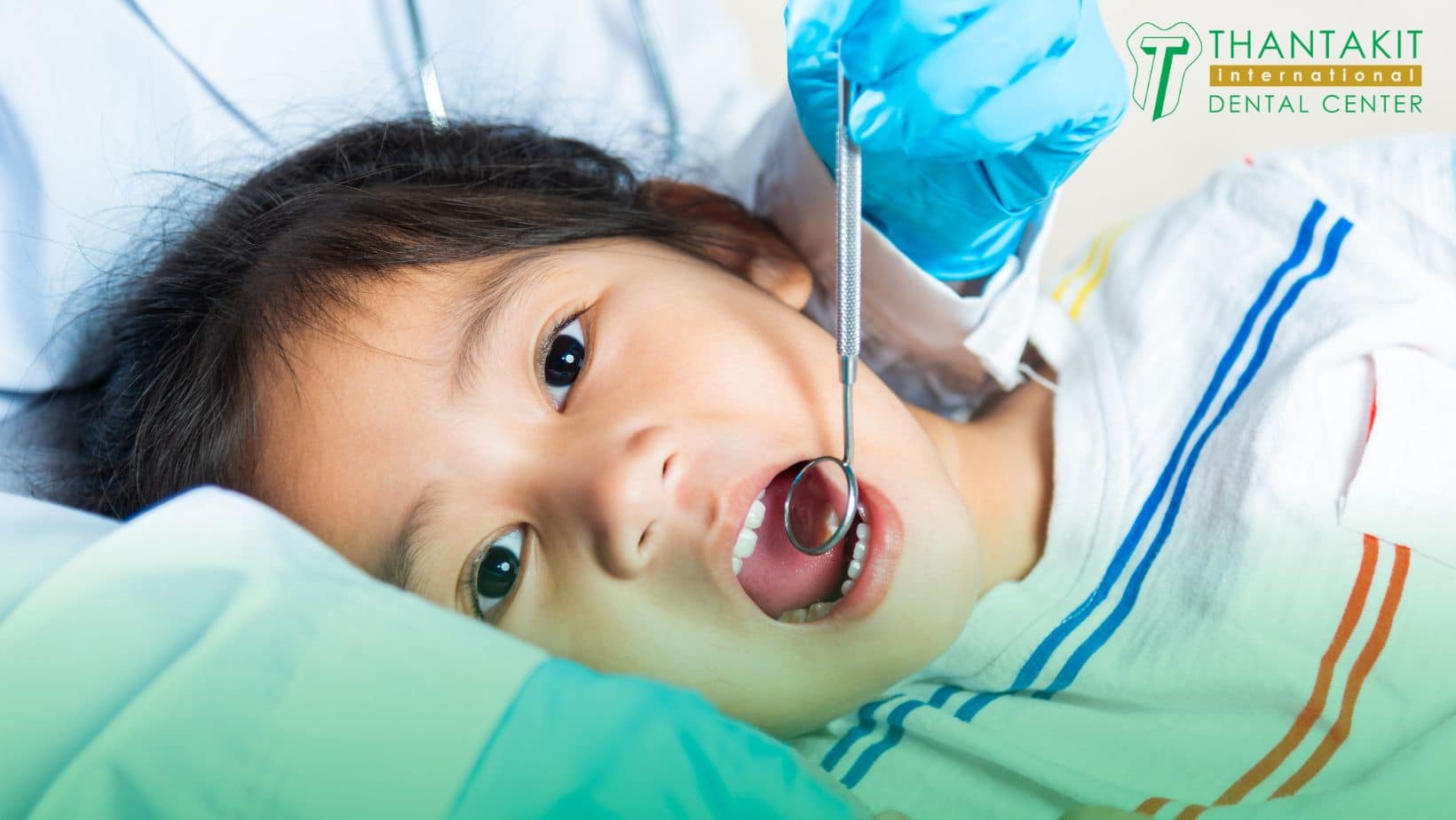
What are the Benefits of Early Orthodontic Work?
Orthodontists advise that you deal with your dental issues like malocclusions and jaw alignment issues early on when your child is still maturing. Once they stop growing, braces work longer and require more extensive work.
Besides which, most adults are more concerned about dental restoration through prosthodontic treatments like dental implant surgery and crown or bridge placement.
It’s beneficial to do early orthodontic work on your child for the following reasons.
-
Your bite problems are fixed.
-
Crooked teeth are straightened out.
-
The need for dental extractions is avoided.
-
Braces guides and positions permanent teeth.
The Youngest Age a Child Can Acquire Braces
The individual needs of the child will dictate what treatment plan they’ll receive, which they’ll normally get at 9 years of age. For instance, some children with cleft palates might acquire orthodontic appliances before the eruption of their first teeth.
Although the recommended age to get braces is 9 to 14 years of age, there’s technically no age set when children require orthodontics.
Some children might benefit from beginning treatment at 6 or 7 years of age instead depending on the state of their teeth, even if their baby teeth haven’t all fallen yet. The point of treatment done that early is prevention of issues, after all.
Many kids require early orthodontics to ensure easier jaw and tooth alignment down the line. The braces should then guide the teeth to straightness and aesthetic beauty.
This ensures a better situation for their permanent teeth to appear or grow into. It specifically prevents problems like tooth crowding and impacted teeth because of stubborn milk teeth and whatnot.
Some additional work involved might include dental restoration for misshapen teeth such as the use of crowns, bridges, veneers and even implants.
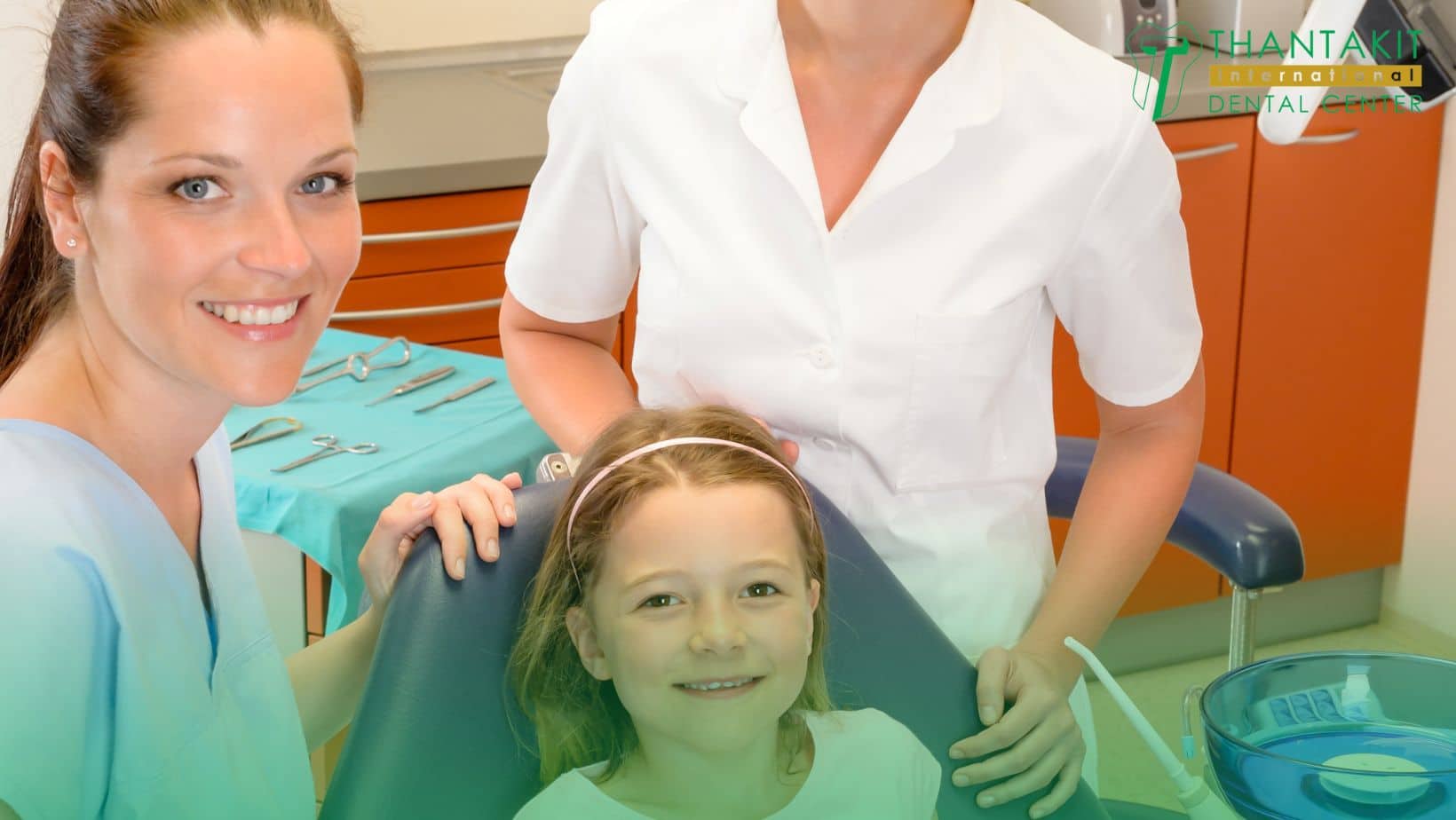
How to Determine If Children Require Orthodontics
Like many parents out there, you’re likely won’t consider orthodontics for your kid unless there’s a dire need for it. With that in mind, here are some of the reasons or signs of a child requiring an orthodontic evaluation.
-
If your child breathes through their mouth.
-
If your child has finger- or thumb-sucking habits.
-
If your child has oral issues with biting or chewing.
-
If your child loses their baby teeth too late or too early.
-
If your child has jaws that make sounds or shift around.
-
If your child has blocked-out, crowding, or misplaced teeth.
-
If your child has abnormal-meeting teeth or teeth that don’t meet.
-
If your child has teeth that bite or poke the roof or cheek of your mouth.
-
If your child has teeth that are disproportionate to the rest of their jaw or face.
What are the Benefits of Teenaged Orthodontics?
Teens go through a lot of growing pains. Yours might end up hiding their smile for fear of exposing their crooked teeth at such a sensitive age, where peer pressure is at its highest.
-
Helping the Self-Esteem of Teens: Crooked teeth might have a huge impact on their self-esteem and ability to socialize as a developing adolescent. The taboo of braces has been somewhat alleviated with the existence of clear aligners and camouflaged braces.
-
Availing Quality Orthodontic Services: Although braces are more associated with children and preteens, it’s not too late to get orthodontic assistance from a board-certified, world-class orthodontist to get quality braces for teens.
-
Most Patients are Teenagers: The majority of orthodontic patients are teenagers since children have mostly milk teeth and adults mostly deal with prosthodontics and restorations.
-
A Lifetime of Confident Smiles: A full spectrum of teenaged orthodontics solutions is available to adjust a teenager’s mostly permanent teeth. They’ll be fitted perfectly on the teenager’s mouth to ensure a lifetime of confident smiles.
-
Loads of Aesthetic Options Available: The main issue most teens have with braces is getting that nerdy “brace face” look from traditional silver braces that can lead to teasing. Thankfully, there are loads of aesthetic alternatives available.
-
Traditional Braces: You can decorate traditional silver or metal braces costing ฿50,000- ฿100,000 ($1,400-$2,800) at Thantakit Dental Center versus $3,000-$7,000 locally can be decorated with colored rubber bands.
-
Ceramic Braces: Ceramic braces that blend in with the color of your teeth are available at Thantakit for only 70,000-100,000 ($1,970-$2,800) versus American prices of $4,000-$7,000.
-
INVISALIGN: Invisalign treatments that cost ฿89,000-฿250,000 ($2,500 to $7,000) at Thantakit versus its normal $3,000-$9,000 cost are clear aligners that hide the fact you’re wearing them.
-
Clear or Wrap Around Retainers: You can also avail of clear retainers costing 3,500-5,000 ($98-$140) at Thantakit versus $150-$600 in the U.S. that are see-through and undetectable.
Consider helping your teenage children out by acknowledging their appearance concerns with braces. Get your teens motivated and excited for this treatment that helps bring back their confidence one tooth at a time.
What are the Benefits of Orthodontics for Adults?
The ideal time to make changes in dental positioning is during childhood, when the body is supposed to be developing teeth placement biologically anyway.
However, more and more adults with a complete set of teeth are going for orthodontic treatment to straighten out their crooked teeth when push comes to shove. 1 in 5 orthodontic patients are over 18 years old according to the AAO.
-
Do Adults Even Need Braces? Aside from dental restoration and prosthodontics, adults can also avail themselves of braces, particularly if they’ve never received them as children or if they wish to continue previous childhood orthodontic treatment.
-
Adult Orthodontics Fix Rather Than Prevent: While childhood orthodontics prevent the development of underbites, overbites, crowded teeth, incorrect jaw positioning, or jaw joint disorders, adult orthodontics offer treatment and fixes.
-
Eating and Speech Impediments: If you’re an adult with issues when it comes to biting or chewing food as well as speaking (you might have a lisp or some other speech impediment) related to your type of bite or tooth placement, orthodontics might be for you.
-
The More Affordable and Practical Option: Leaving jaw and bite disorders untreated can result in other complications such as earaches, headaches, gum disease, and tooth decay. Also, sometimes orthodontics is the cheaper choice over, say, extraction, crowns, bridges, and implants.
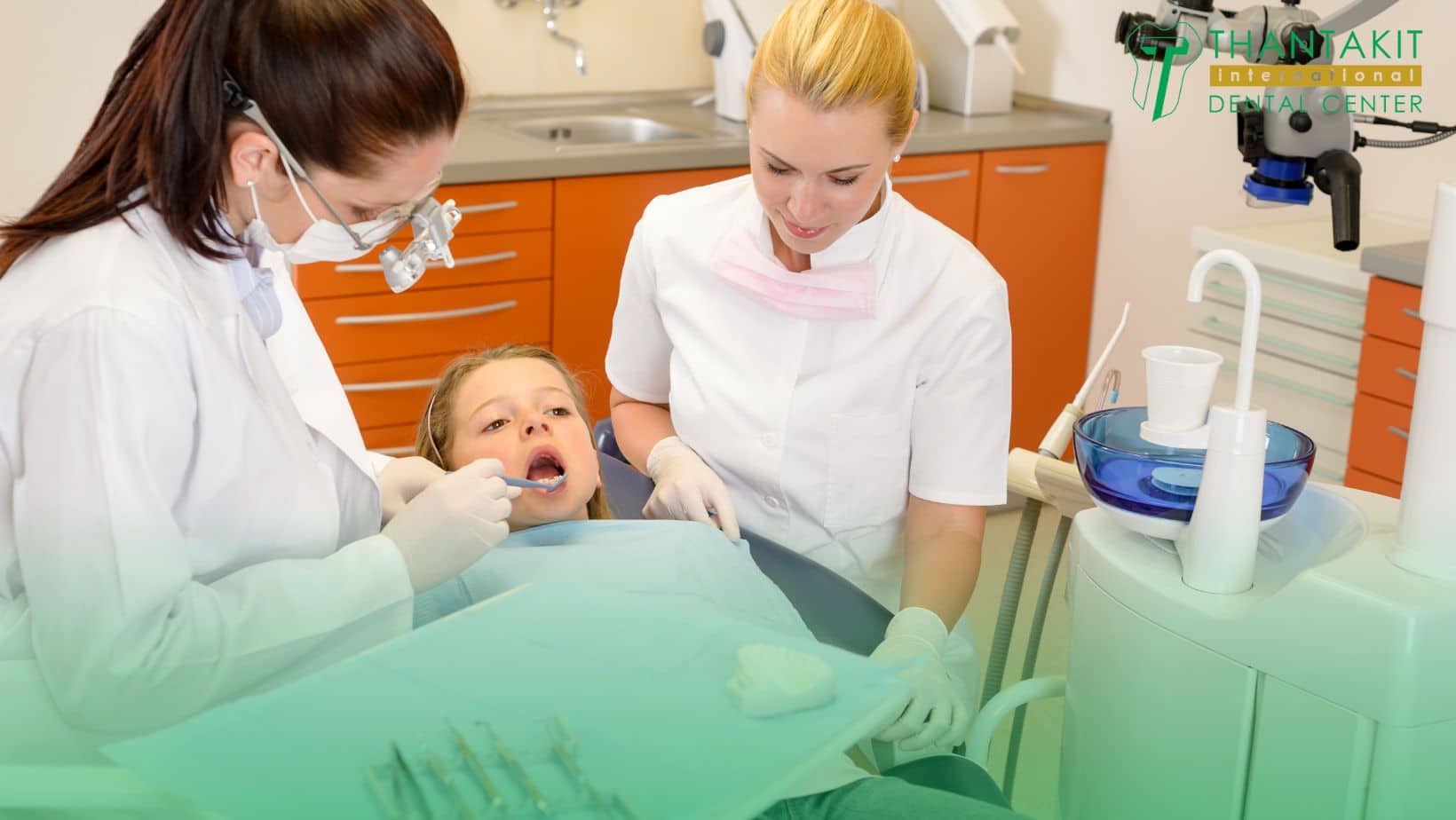
How Does Orthodontic Treatment Differ for Adults?
Adults, like children, receive the same advantages of oral health and a better smile from wearing braces. However, with children it’s a more preventative measure to make sure permanent teeth placement is correct.
With adults, since they’re no longer growing and their milk teeth have all fallen out and given way to permanent teeth (including their wisdom teeth that have hopefully emerged properly and not impacted), treatment takes longer than for kids and teens.
Getting an initial orthodontic consultation will give you the chance to ask questions about the upcoming treatment such as:
-
How long will you need to wear the braces?
-
How will the braces correct your condition?
-
What are the costs involved for putting on braces?
On average, an adult might have to wear braces from 18 months (1 year and 6 months) to 3 years. After braces removal, you might be required to wear a retainer for good measure to maintain treatment results and avoid unintentional shifting.
In other words, adults have to deal with orthodontic treatment of existing conditions they weren’t able to avoid growing up, from scissor-bite to jaw misalignment.
Types of Early Orthodontic Treatment
Early orthodontic treatment of children might include services like space maintainers, palate expanders, and fixed or removable orthodontic appliances depending on what’s applicable to the patient.
-
First Phase: The First Phase or Phase I of orthodontic treatment happens when the child only has milk teeth and no permanent teeth have erupted yet. Or they have only some permanent teeth mixed with milk teeth.
This involves interceptive care or addressing common orthodontic problems by intercepting them early on before they can worsen. These issues include the following:
a. Overbite
b. Crossbite
c. Underbite
d. Gapped teeth
e. Crowded teeth
f. Abnormal number of teeth
Interceptive care is recommended for a child mostly if there’sa significantrisk, they’ll develop the above-mentioned orthodontic problems as they mature.
The bad habits of a child that can negatively affect their jaw and teeth growth over time include activities like sucking on a pacifier or thumb for a prolonged period of time long after they’ve weaned from drinking from a bottle or the mother’s bosom.
The interceptive care of the orthodontist can also deal with mouth function improvement and recommendations for more positive oral habits your child can follow growing up.
-
Second Phase: Phase II or the second phase of orthodontic treatment has to deal with children or teenagers with most of their permanent teeth already present (not necessarily the wisdom teeth yet).
Here, they’ll have to deal with the full orthodontic treatment, leading to the use of clear aligners from brands like INVISALIGN or traditional metal orthodontic braces.
Teenage orthodontic treatment and beyond is mostly concerned with improving upon the look and function of existing permanent teeth rather than guiding the same teeth to proper positions before they erupt.
Never forget that even if your child didn’t get an evaluation before getting all their permanent teeth, it’s not too late to get braces. Consult with your family dentist or a Thantakit professional for further details.
Provide your children with a healthy start to a gorgeous smile with orthodontic evaluations and care as early as 7 to 9 years of age.
Even if a child doesn’t require First Phase treatment, they should still attend regular dentist and orthodontist checkups as needed. Your family dentist or treatment team in places like Thantakit may wish to monitor your child’s oral and dental development.
Schedule a consultation with your local dentist or avail of an orthodontic dental tour with Thantakit Dental Center in Thailand today!
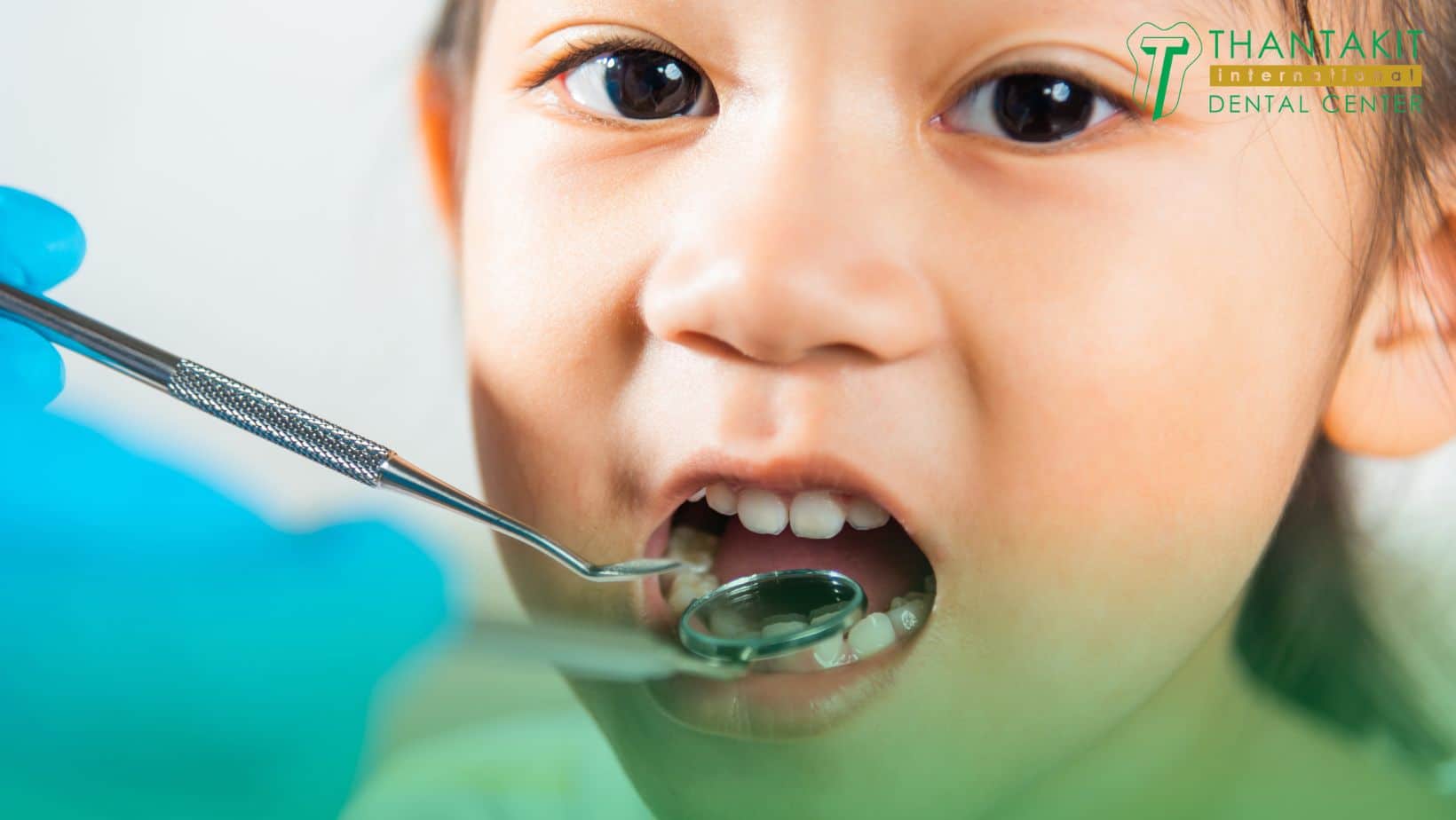
The Reasons for Getting Braces in the First Place
For teenagers, braces serve as a rite of passage to maturity. Many teens acquire braces at the ages of 10 to 14, particularly if they’re from well-to-do or middle-class families that can afford proper dental care.
It’s easier for growing children and adolescents to have their bite and jaw issues corrected by braces than adults because their teeth are still in development like them.
-
When to Get Evaluated: According to the AAO, children should get their first orthodontic evaluation at 7 years of age. The orthodontist can then decide if they can get orthodontic treatment as early as 7 years old or later at 9 to 14.
-
The Value of Interceptive Care: Early treatment gives kids the best outcomes and chances at lifelong oral health by avoiding common orthodontic issues. The orthodontist can recognize early symptoms like misalignments at their earliest whenthey’re most treatable.
-
The First Orthodontic Evaluation: The first orthodontic evaluation of your child can happen after routine teeth cleaning (prophylaxis and the like) every six months to a year. Start no later than the first birthday of your kid.
-
Establish Regular Care with the Dentist: Your family dentist or dentist from Thantakit in Thailand will be the one to determine whether your child should consult an orthodontist or not with your every visit to them. He’ll monitor your child’s dental and oral development.
-
When the Milk Teeth Start Falling: After your kid starts losing milk teeth to make way for erupting permanent teeth, schedule that orthodontic evaluation by coordinating with your dentist. Most children start doing this at six years old so take them to the orthodontist from six to seven years old.
As covered by this article, it’s possible to give your child orthodontic care before all their permanent teeth erupt. It’s also possible to do so after they get all permanent teeth, but sometimes the earlier the better.
Get Dental Help That Takes You Seriously
Most issues like cavities and gum disease can be prevented by proper oral hygiene. However, what about more complex issues like having crooked teeth, an overbite, a scissor-bite or crossbite, and an underbite?
You’ll need to avail yourself of pricey orthodontic treatments like braces to correct those! What’s more, it’s best you do so at a young age, so if you can afford it, avail yourself of such treatments early on for your children.
Finally, if you’re seeking professional clinical care and affordable orthodontic services, consider visiting the Thantakit Dental Center for an affordable dental tour in Thailand.
Thantakit International Dental Center is Thailand’s longest-established dental center. Situated in Bangkok, our clinic is renowned across the world as a destination for world-class dentistry, with most of our patients flying to us from Australia.
Please contact us today and get a FREE dental consultation.











